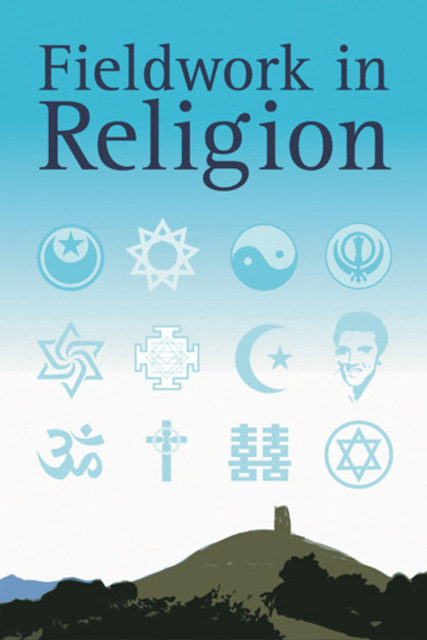Digital Reconstructions of Wounded Memories in Kosovo: A Methodological Proposal

Full description
Between 1998 and 2004 numerous religious and cultural sites—Serbian Orthodox and Islamic— in Kosovo were systematically vandalised, damaged or destroyed. The annihilation of these historical-religious architectures highlighted the strategic significance of cultural heritage as a political tool. Two decades later we know the extent of the losses thanks to the documentation collected by UNESCO, the UN and the OSCE. We also have a new methodology that incorporates digital technologies such as 3D modelling, artificial intelligence, machine learning, cloud computing, data technology, geographic information systems and virtual reality/AR, which we could draw on for safeguarding this religious heritage. In this article we wish to present a project proposal which, using some of the Digital Humanities (DH) methodologies applied in the field of religious studies (and in peace and conflict studies), can guarantee the accessibility and long-term diffusion of these sites and cultural content at risk.
- typeImage
- created on
- file formatjpg
- file size62 KB
- container titleFieldwork in Religion
- creatorAngelica Federici, Silvia Omenetto
- issnISSN: 1743-0623 (online)
- issue19.1
- publisherEquinox Publishing Ltd.
- publisher placeSheffield, United Kingdom
- rights holderEquinox Publishing Ltd.
- doi
We use cookies to analyze our traffic. Please decide if you are willing to accept cookies from our website. You can change this setting anytime in Privacy Settings.
